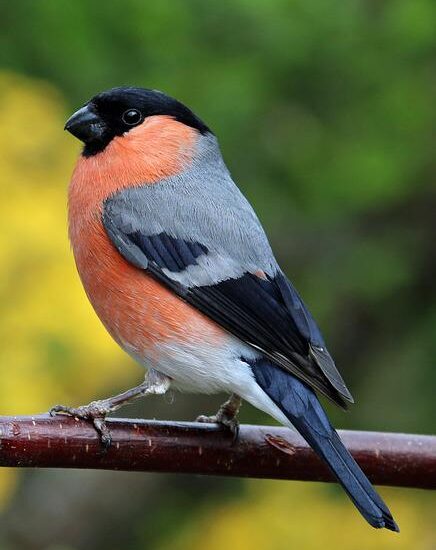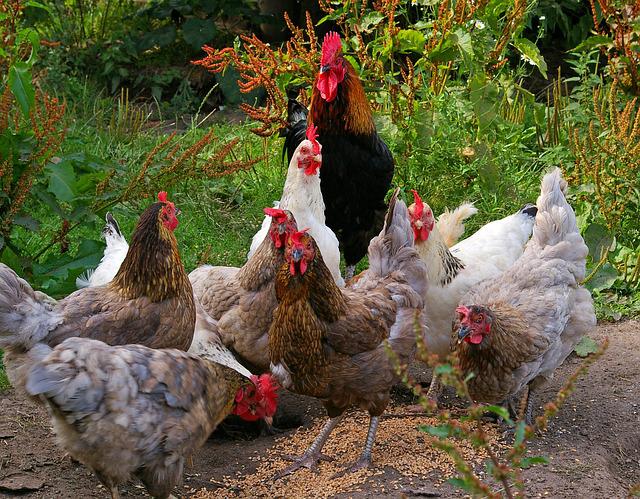How To Hold a Bird Safely in Your Hands?
Holding your pet bird can be an intimidating task if you are new to the avian world, their little bodies that appear majestic when in flight are rather fragile-looking when seen up close, and thus, there is a constant fear of harming their delicate frame when handling them. Unlike other pets you might have had, including cats and dogs, where there is a little chance of hurting them when scooping them up in your arms or snuggling with them, there is an actual danger of holding your bird the wrong way which can damage your feathery friend’s plumage or in the worst case even fracture or dislocate their delicate bones.
In this article, we will look at the correct way to hold birds ranging from all sizes, small to large, and the things to consider when handling them. Some points are essential to remember when handling any type of bird as there is no denying that these fragile creatures need to be handled gently while also making sure that they do not harm their handlers to get free. In most cases, there is no need to be afraid that the bird will injure its handler as the bird is generally more scared of the handler than the handler is of it, but it is always better to be cautious and not take chances.
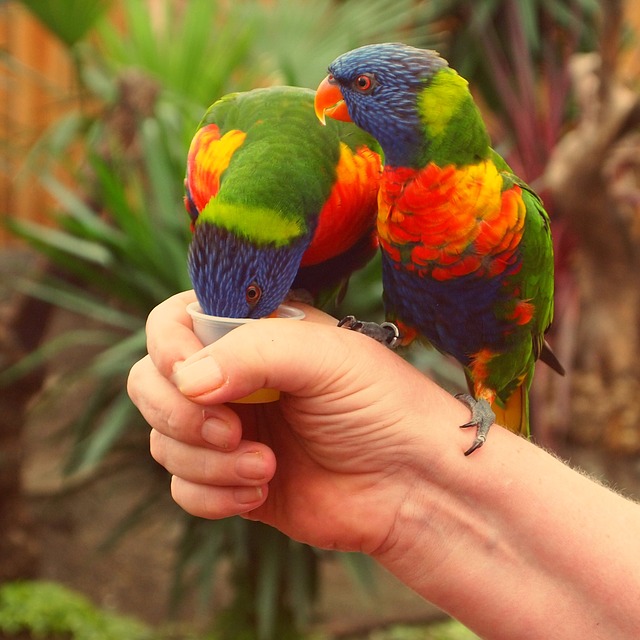
Safe Grips for Holding Birds
For birds of varying sizes, there are different methods to safely hold and handle them, whether you have to do it for moving them from one cage to another, feeding them, or inspecting them for any injury or disease. It is important to learn the correct way to hold your bird that is safe for your bird while also ensuring that you don’t end up getting scratched by the little devils. We will discuss some of the most common and easy grips to handle birds:
Holding Small Birds
- Bander’s grip – It is frequently used as the one-hand grip to handle small birds like passerines when ringing them or inspecting for injuries. The bird lies with its feet up in your palm, it’s head between the handler’s index and middle fingers, while the ring finger and the thumb are gently holding the wings of each side, you can also allow the bird to perch its feet on your little finger as it will want to rest its feet somewhere. If you are holding your bird to look for some specific wound, then use your non-dominant hand for griping, as the dominant hand will be required for checking, and remember to not exert any pressure on the bird’s neck while handling it.
- Two-Hand Grip – You can also hold your tiny bird using both hands by enclosing it in a secure but gentle grip and allowing the bird to keep its head out of your closed fingers caging it. Remember to allow enough space for only the head to easily peek out and not leave any more room as small birds are experts at escaping through little gaps.
- Reverse ringer’s hold – in this one hand grip the head of the bird faces your wrist as you firmly hold the bird with its closed wings against your palm with your middle, ring, and little finger while the index and thumb finger grasp the bird’s tail.
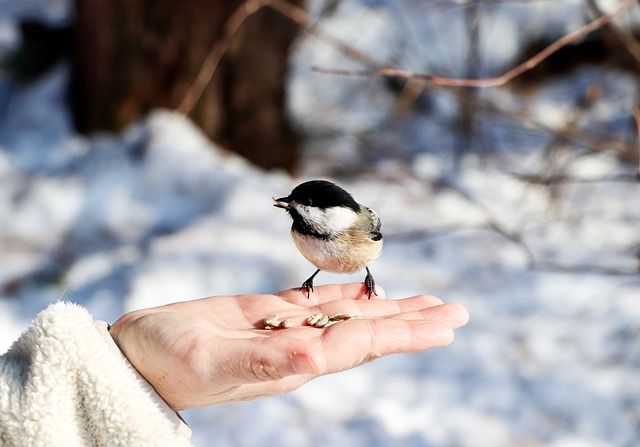
Holding Medium-Sized Birds
1. Two-hand grip – is the most often used grip for holding comparatively larger birds like ducks and doves, as it is easier to hold them using both hands and it is less agitating for the bird. You should hold the bird firmly with both hands, one hand on each side of the bird’s body grasping the wings against its frame, your fingers should curl downwards around the bird’s breast and abdomen while both the thumbs should rest against the bird’s backbone facing towards its head. The bird can be held with its head facing the front or sideways, whatever is easier for the handler, and remember to not put too much pressure on the bird’s chest.
2. Reverse grip – in this two-hand grip the bird is held with its feet facing upwards and is mostly done by experienced people or vets when examining the bird, as this position can be risky for your bird since being held belly up can make it difficult for the bird to breath normally if done for an extended period.
3. Waterfowl handling technique – this one-handed grip should only be tried by professionals as there is a chance of your bird escaping or getting injured while you are attempting this grip. In this hold, the bird is held securely against the handler’s torso with one of its wings folded against its body while the handler grasps the other wing firmly to its body, so the bird is held snug to the handler’s side with its head facing the back or front whatever the handler prefers.
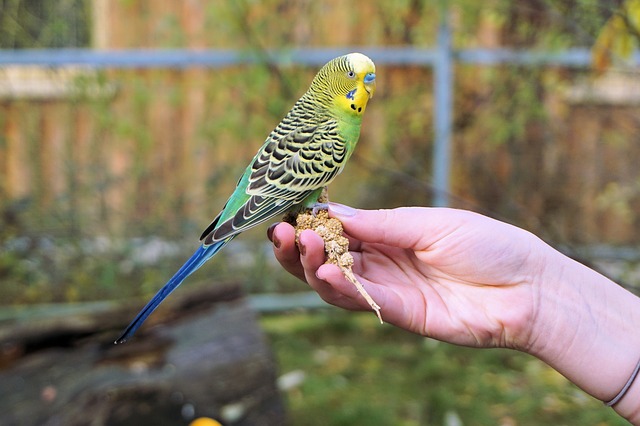
Holding Large Birds
Handling large birds like swans is not recommended for inexperienced people and may even require two people to properly hold the bird as large birds are generally quite strong and put up a vigilant effort to get out of the handler’s grip and can even injure the person in the process. The underarm two-arm hold works for birds this size but remember to always hold the bird in such a way that it sits facing your back and not the front as that might result in the bird attacking you. If possible, ask another person to aid you in holding the bird’s legs while you hold the bird firmly by its torso, so it doesn’t thrash around.
Tips For Holding Birds Safely
1. Never Grasp a Bird by Its Tail, Wings, or Legs
Even if your bird is the best escape artist that can take flight from the smallest of the openings it finds, it is still not okay to make a grab at its tail, wings, or legs as these are delicate structures in the bird and even slight manhandling of them can cause severe issues for the bird. It is better to be cautious and not give the bird a chance to flee rather than resort to making desperate attempts to catch it by grasping its appendages, which can result in dislocated bones or psychological trauma for your poor pet.
A bird should typically be held firmly by both hands, your fingers across its breast and abdomen, and your thumb on its spine facing its head, while allowing the head and neck to emerge freely from your grasp. The grip shouldn’t be so tight that it hurts the bird or hinders its breathing but should also not be loose enough that the bird breaks free.
2. Always Be Gentle When Handling
For such a tiny, delicate creature to be capable of flight, the birds possess an intricate and complex body structure that is quite fragile. That is why, unlike other animals that can bear a slight rough grasp and handling, the birds always need to be handled gently. Never squeeze your bird when holding it no matter how much it resists the hold as it can damage its internal organs or break one of its thin bones, it is better to let the bird go than handle it roughly or grasp it too tight.
Birds should never be held in such a way that their body structures are folded in an unnatural or awkward position as that can dislocate their bones. If your bird is jumpy or is resisting being held you should give it some time to calm down before trying again and try to learn and accustom yourself to different handling techniques, that I have mentioned above in the article as these will help you hold your bird safely which should always be your priority when interacting with pet birds.
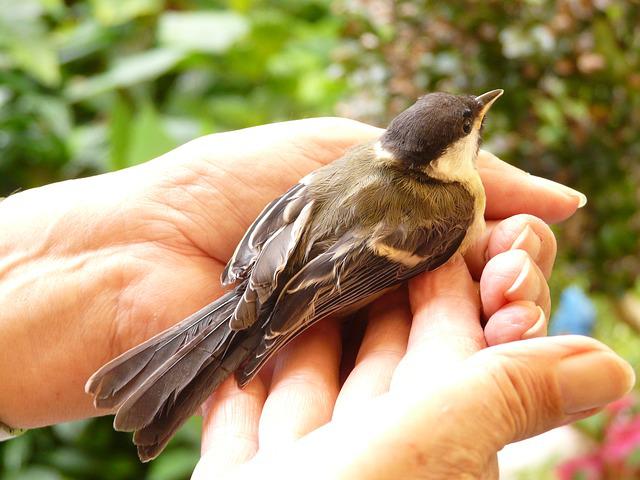
3. The towel method for holding birds
As a bird parent, you should learn the towel technique for instance when the bird refuses to be held for procedures like nail trimming, wing clipping, or vet check-up. For this hold, you need a clean, dry towel that you should drop on top of the bird, covering its head and wings, and quickly grasp the bird with its wings tucked to its side. This technique is good for holding the bird for a short time interval only, as the bird’s body tends to become overheated quickly making it hard for them to breathe, so preferably use a thin towel and let the bird free quickly, also allow it some time alone in its cage afterward to recover.
You can also use a thin breathable towel to drape on top of their cage, or on the bird’s head when moving them from one place to another or traveling with them, to prevent them from becoming overwhelmed by the excessive visual stimuli.
4. Don’t let the birds sit on your shoulders!
A common mistake observed when handling birds is letting them sit on your shoulder, since this is so mainstream you see people with their pet birds on their shoulders and sometimes even climbing on their heads. What people do not realize is that a frightened bird will defend itself by biting or scratching and with the bird being so close to the handler’s sensitive areas like eyes, ears, and nose there is a chance that you might sustain serious injury.
Never let the bird sit or be near your face as any external stimuli like loud noise and sudden movement can cause your bird to go in a defensive mood and attack your face, always hold the bird in your hands and keep its head away from your face for safety reasons.
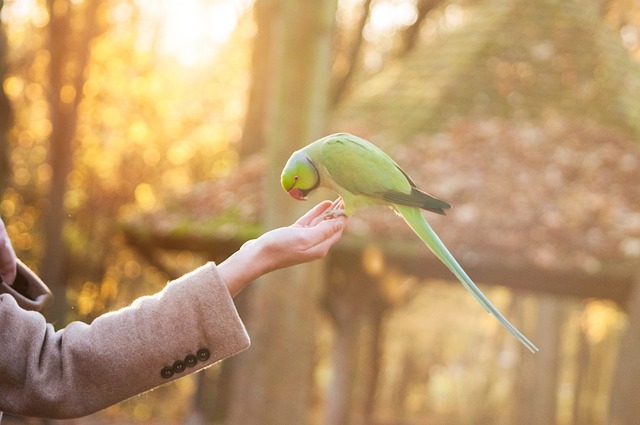
Precaution When Handling Large Birds
If you have large birds like owls or peacocks, instead of being afraid of their beak that they might bite you, you should be more cautious of their talons, as that is their primary attack weapon, by which they grasp the prey. These talons can cause severe injury, and lacerations to the skin, so when interacting with large birds no matter how docile it seems, you should always keep a safe distance from them or wear protective clothing including leather gloves and eye protection. Eye protection is essential when holding large birds as they attack the handler’s eyes with their sharp beak to defend themselves and break free.
Conclusion
When it comes to pet birds and holding them, it is essential to be patient and slowly earn their trust rather than rush the process and traumatize your bird. Interact with your bird daily, talking to it in a low voice, and giving it treats. You can slowly make the bird accustomed to your touch by using one finger to pet it and then gradually adding more, in this way it won’t naturally shy away from you or you can teach your bird to perch on your finger by holding the treat in front of it and let it jump on your finger before giving it the treat; although, building this trust with your feathery friend might take some time.

